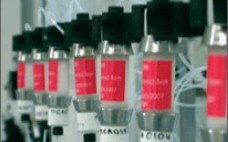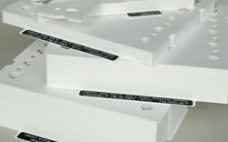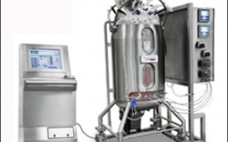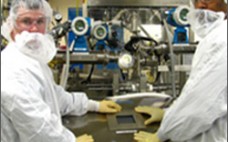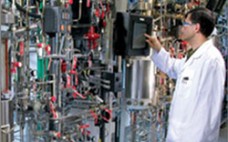Over the past decade, improvements in the biopharmaceutical manufacturing industry have resulted in a dramatic rise in the expression levels from animal cell cultures – some mAb titers have increased 30-fold over the last 15 years. However, increased titers have led to an increase in downstream bottlenecks. To address this challenge, some manufacturers are turning to multicolumn chromatography.
The principles of simulated moving-bed technology can be applied to create a continuous-countercurrent process. The first column in a loading train is allowed to break through, and material coming off it is captured on a second column. Binding capacity can thus be exploited beyond dynamic binding capacity. These processes often significantly improve media use – and hence significantly reduce consumption of media and buffers.

